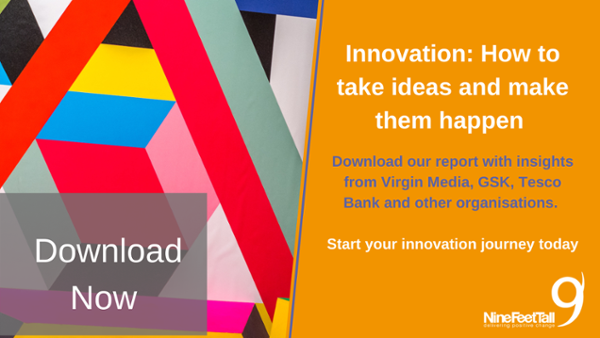Virtual Customer and Client experiences are still the norm for many sectors, despite the easing of lockdown restrictions. Are you confident you are optimising the virtual client experience to ensure your customers still receive a personalised service? Here are our tips on how to proactively design the virtual experience:
Get the right people involved
There is a temptation to lock some clever people from your organisation in a room to devise a strategy in isolation. But let’s introduce some good Design Thinking principles: The first step is to engage with your customers and start empathising and understanding. There is still often a real reticence to do this… what if the feedback isn’t overwhelmingly positive? Well actually, that is the whole point! You want to understand the experience of engaging with your business, from the perception of your clients – both good and bad. There is so much value to be had from these conversations for the organisations that are brave enough to really ask and then listen, without fear of what they will hear.
Understand the customer journey
Many customer experiences (virtual or not) have not been purposefully designed from end to end, instead they have evolved over time. Customer journeys should be explored, tested and mapped to understand the ‘chain of excellence’ you are striving to deliver and where and when this may fall below your quality standards. There is also something important about doing the basics right. Companies can spend fortunes developing flashy technology and all-singing and dancing websites, but actually if you have an issue as a customer which isn’t addressed quickly, then the customer experience will be defined by the challenge of trying to get a response, rather than how slick the site looks!
Integrating the experience
How can you bring your in person and virtual client experience closer together in the future to enable you to shift between the two seamlessly, according to customer needs or a change in the external environment? Retailers have cottoned on to the need to integrate the two and have spent significant time and investment on bringing instore and digital experiences together to enhance the experience. So digital tools are being used within stores such as Specsavers “framestyler” technology, which scans the customer face and offers recommendations on styles. How could this concept be translated into your services so that whether a meeting takes place in person or off site, the experience is personalised and supported by digital tools which upgrade the experience? When a customer is passed to a different area of your business, what is the personalisation which matters to the customer? If they have built up a relationship with one person, are the systems in place to ensure the quality of relationship is maintained when they begin working with a new team? What is the handover process and how does this translate from an in person to a virtual environment?
Allow for engagement variability
This is an interesting concept which has emerged in retail recently which is about allowing your clients to engage and disengage as they wish. This means that where customers want more support, it is available, but they can select if they just want to browse in peace, letting them take control.
If you need help mapping out your customer journey and translating it to a virtual experience we would be happy to help. A move away from face to face doesn’t have to mean a less positive experience. Contact TiggyR@NineFeetTall.com



